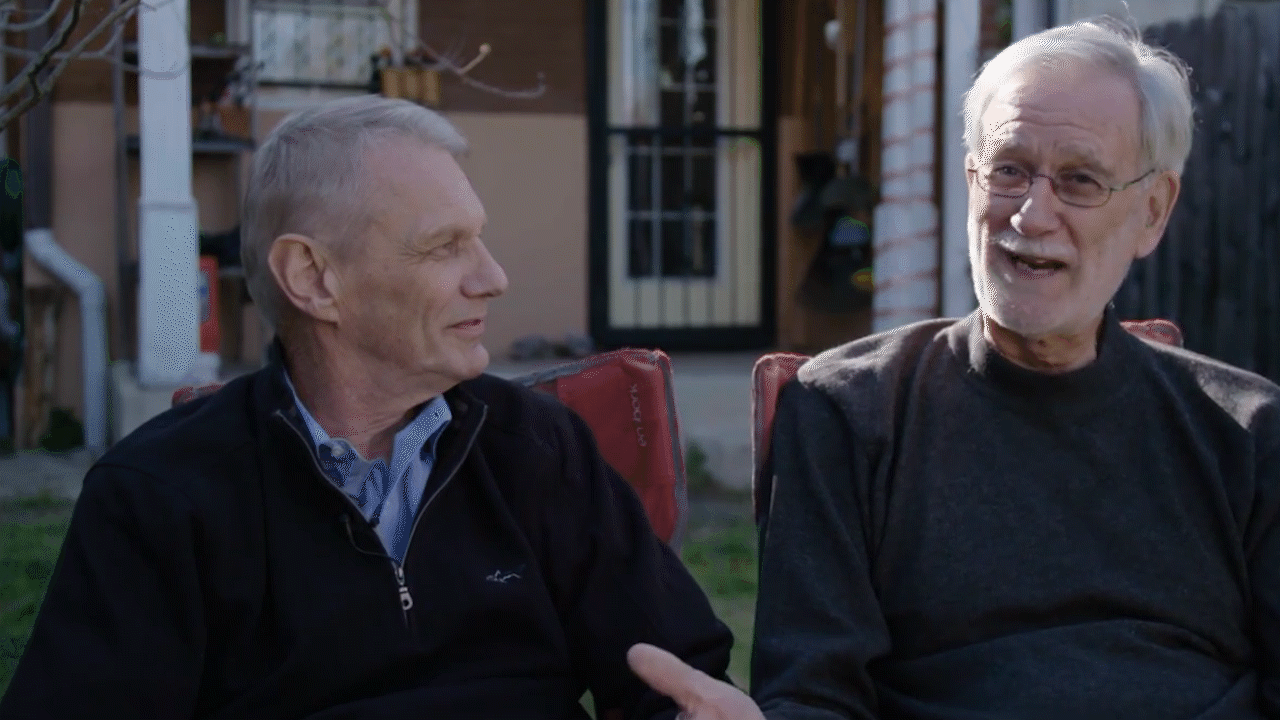Piers Sellers Media Resources
Piers Sellers Interview at Goddard Space Flight Center Hyperwall
Piers Sellers, who passed away on Dec. 23 more than a year after learning he had pancreatic cancer, leaves behind a dynamic legacy at NASA. As an astronaut he helped build the International Space Station. As a manager he helped lead hundreds of scientists. And as a public figure he was an inspiration to many for his optimistic take on humanity's ability to confront Earth's changing climate. But his most lasting contributions will be in the field where he began his career: science.
He was born and educated in the United Kingdom and moved to the U.S. in 1982 to carry out climate research at NASA/GSFC. From 1982 to 1996, he worked on global climate problems, particularly those involving interactions between the biosphere and the atmosphere, and was involved in constructing computer models of the global climate system, satellite data interpretation and conducting large-scale field experiments in the USA, Canada, Africa, and Brazil.
He served as project scientist for the first large Earth Observing System platform, Terra, launched in 1998. Piers joined the NASA astronaut corps in 1996 and flew to the International Space Station (ISS) in 2002, 2006, and 2010, carrying out six spacewalks and working on ISS assembly tasks. After 14 years as an astronaut, Sellers returned to Goddard, this time as a leader within the Sciences and Exploration Directorate and Earth Sciences Division
Click for gallery of pictures on FLICKR.
Link to story about Dr. Seller's legacy on NASA.gov.
Piers Sellers working in Greenland B-Roll
B-Roll of Astronaut Piers Sellers on STS-121 and STS-132 missions to ISS
Piers Sellers Nomination Video for NASA's Distinguished Service Medal
Music: ATMOS347-2 Afterglow from KillerTracks
In an interview from July 2016 done at the Johnson Space Center, NASA astronaut Piers Sellers shares the dreams that led him to become an astronaut and his hopes for future exploration. A veteran of three spaceflights (STS-112, STS-121, and STS-132) and a renowned climate scientist, Sellers died on Dec. 23, 2016, at the age of 61.
Link to story about Dr. Seller's legacy on NASA.gov.
Credits
Please give credit for this item to:
NASA's Goddard Space Flight Center
-
Producer
- Rich Melnick (HTSI)
-
Interviewee
- Michelle Handleman (USRA)
-
Videographers
- Rob Andreoli (Advocates in Manpower Management, Inc.)
- John Caldwell (Advocates in Manpower Management, Inc.)
-
Video editor
- Rich Melnick (HTSI)
-
Associate producer
- Jefferson Beck (USRA)
-
Technical support
- Aaron E. Lepsch (ADNET Systems, Inc.)
Release date
This page was originally published on Monday, June 13, 2016.
This page was last updated on Wednesday, May 3, 2023 at 1:48 PM EDT.
